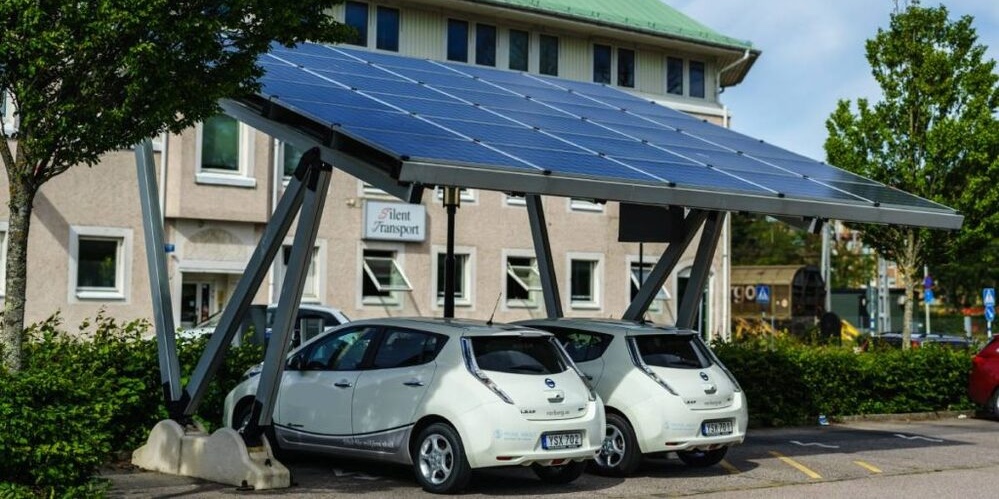The rapid growth of the electric vehicle (EV) charging infrastructure in Belgium sparked comparisons with the Netherlands, where the electricity grid is grappling with congestion issues.

However, according to Bart Massin, CEO and founder of Stroohm, Belgium implemented measures that distance it from such a scenario.
“We have invested heavily in the distribution network, which we refer to as a ‘copper plate’,” he explains to Mobility Portal Europe.
He further elaborates: “It is fully interconnected, and there is currently an additional 4 billion euros investment being made in the infrastructure.”
This effort aims to electrify not only mobility but also heating and other critical sectors, enabling the grid to support the growth of charging points.
“In the Netherlands, they need to install batteries because there is insufficient electricity available during the day, whereas we have an abundance of solar energy and a very robust distribution network,” Massin details.
In this context, Stroohm’s objective is to reduce energy costs for electric fleets.
“We provide direct access to the wholesale market, allowing our clients to cut electricity costs by 30% to 40%,” he notes.
This is achieved through the BELPEX platform, which offers dynamic pricing based on the day-ahead market.
The intelligent use of chargers is key to avoiding unnecessary peaks.
“In summer, we should charge during the day at work, and in winter, at night at home. These are the most economical times,” Massin emphasizes.
This strategy not only lowers costs but also aligns charging with solar production, minimising the impact on the grid.
It is worth noting that Elia, the operator of Belgium’s high-voltage grid, recently confirmed that “it is currently possible to meet existing demands”.
However, they caution that in some areas, they are reaching the limit.
As a result, certain industrial actors were advised to relocate their operations to less congested regions for the first four or five years.
They also assured that ongoing investments will expand the grid’s capacity in the coming years, highlighting that smart charging for electric vehicles could become part of the solution.
Massin concurs on this point.
“Our vehicles must assist in the energy transition, because that is precisely what we need,” he states.
He elaborates: “We need to charge them when there is abundant sunshine, and the distribution system requires electricity consumption due to excess solar production.”
In this regard, he affirmed that after 9 p.m., it is possible to ‘refuel’ the car at any time and return electricity to the grid during peak demand hours, which he views as a key area for future investments.
“The same applies in the Netherlands, where the distribution network is not problematic outside working hours,” he stresses.
In this context, he considers it essential to incorporate a level of automation and intelligence into the system.
“In this way, EVs become the solution to the energy transition rather than a problem,” he underlines.
He adds: “We are the first company in Belgium to enable electricity supply to cars using dynamic hourly prices, through submetering, a dedicated meter, and a specific contract with access to wholesale markets.”
This model not only reduces costs but also promotes the sustainable and efficient use of resources.
Comparison with the Netherlands
In the Netherlands, the rapid expansion of charging points was not accompanied by a commensurate strengthening of the electricity grid.
As a result, measures such as the deployment of batteries at strategic locations are being implemented to balance supply and demand.

As Evan Costagliola, Senior Principal at Cityfi, explained during a virtual event organised by Mobility Portal Europe, the country is “a victim of its own success.”
The neighbouring country also faces additional challenges associated with the growth of solar energy generation.
While this represents an opportunity to reduce dependence on fossil fuels, it also adds complexity to grid management due to the variability of production.
Learning from this experience, Belgium has prioritised the integration of renewable energy sources and the reinforcement of its infrastructure.








